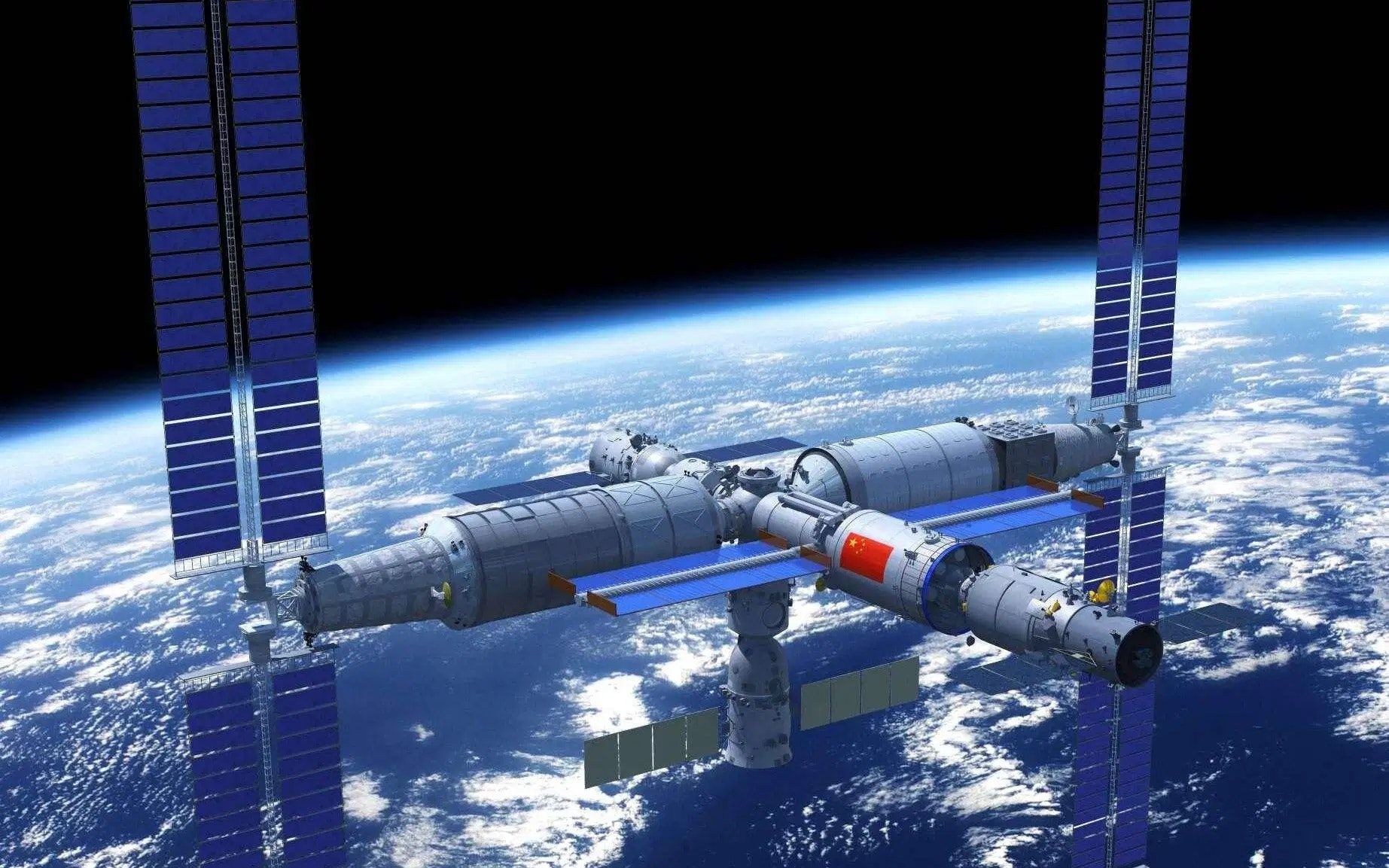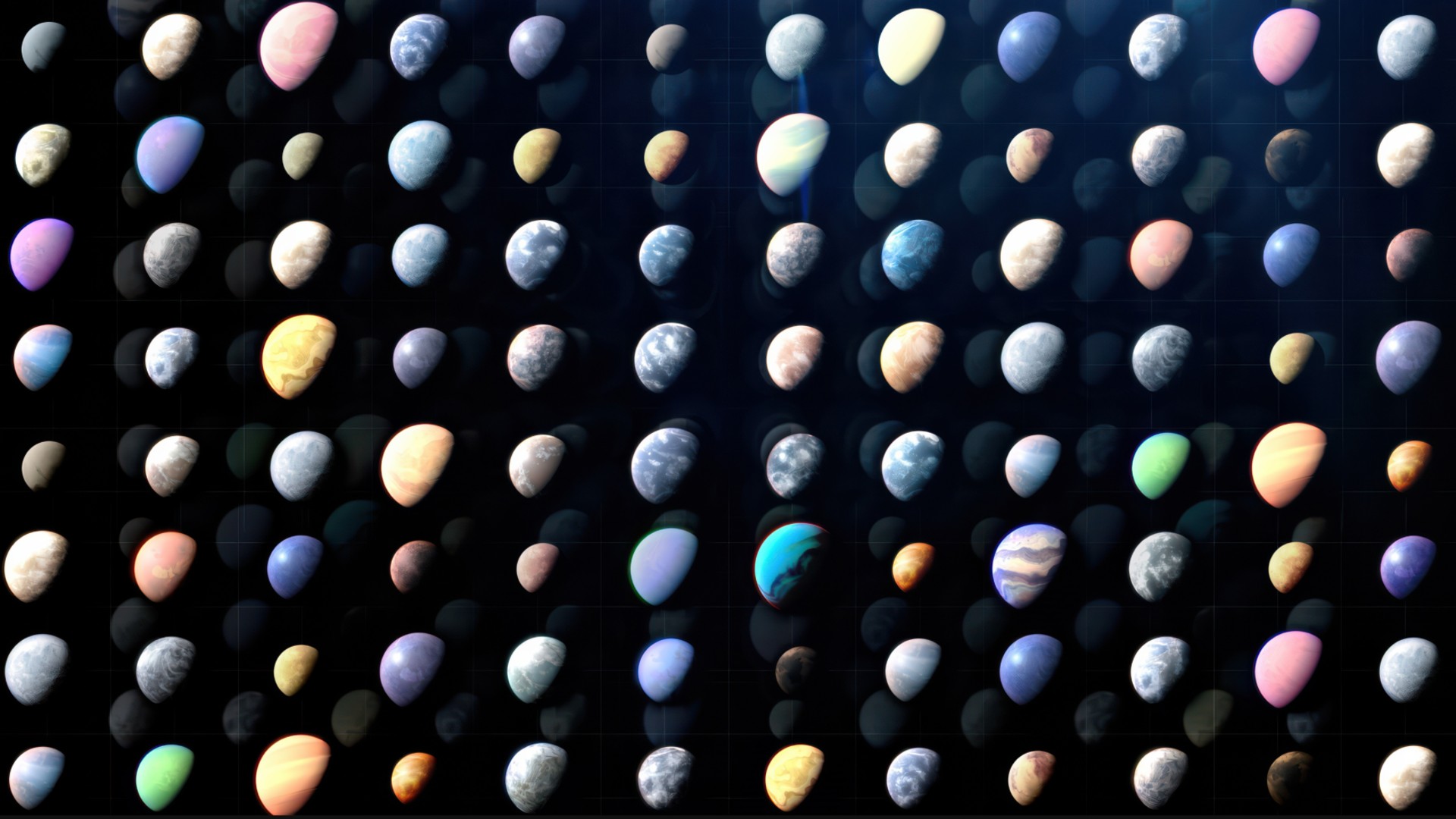China's space station releases small test satellite into orbit
The satellite's radio and camera can be used by amateur radio operators on the ground.

China has released a small test satellite into orbit from its recently completed Tiangong space station.
The satellite was released from a deployer on the Tianzhou 5 cargo ship, which is currently docked at Tiangong. Tianzhou 5 launched on Nov. 12 with the primary mission of delivering supplies to the space station to support the three Shenzhou 15 mission astronauts but also carried a number of cubesats.
The 26.5-pound (12 kilograms) satellite designated XW-4 (CAS-10) was released at 9:30 p.m. EST on Dec. 17 (0130 GMT on Dec. 18). The small spacecraft, also known as the Macao Student Science Satellite 1, carries both optical camera and radio payloads. These will be available for amateur radio operators on the ground to use for two-way communications and to send instructions for taking images.
Related: The latest news about China's space program
Video from Tianhe core module POV showing the release of the CAS-10/CAMSAT XW-4 satellite on Dec 18, which was taken into orbit on Tianzhou-5. https://t.co/NTXRzyx7EgDecember 20, 2022
The satellite will be used by students in Macao, an autonomous region on the south coast of China, for learning about Earth imaging, radio communication and other spaceflight activities, China Daily reported, citing China's human spaceflight agency, CMSA.
The cubesat has been cataloged by the U.S. Space Force's 18th Space Defense Squadron, which focuses on space domain awareness. The satellite is in a roughly circular orbit with an average altitude of 239 miles (385 kilometers) above Earth.
While this satellite was released from Tianzhou 5, Mengtian — the third and final space station module making up the Tiangong space station — has a dedicated payload airlock that will allow cubesats to be deployed into orbit with the help of the station's robotic arms.
Breaking space news, the latest updates on rocket launches, skywatching events and more!
More satellites are expected to be released from Tiangong in the future, with the possibility of opportunities for international science experiments to fly to, and even from, the space station.
Follow us on Twitter @Spacedotcom or Facebook.

Andrew is a freelance space journalist with a focus on reporting on China's rapidly growing space sector. He began writing for Space.com in 2019 and writes for SpaceNews, IEEE Spectrum, National Geographic, Sky & Telescope, New Scientist and others. Andrew first caught the space bug when, as a youngster, he saw Voyager images of other worlds in our solar system for the first time. Away from space, Andrew enjoys trail running in the forests of Finland. You can follow him on Twitter @AJ_FI.
